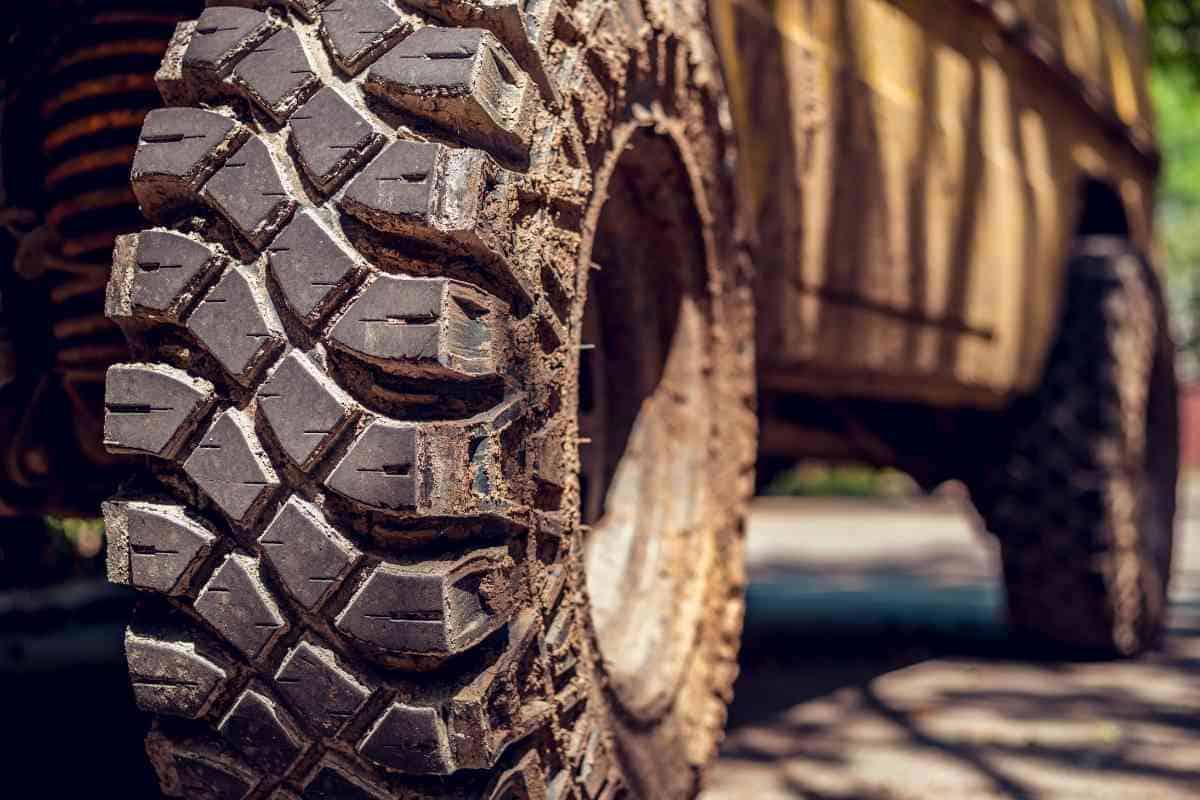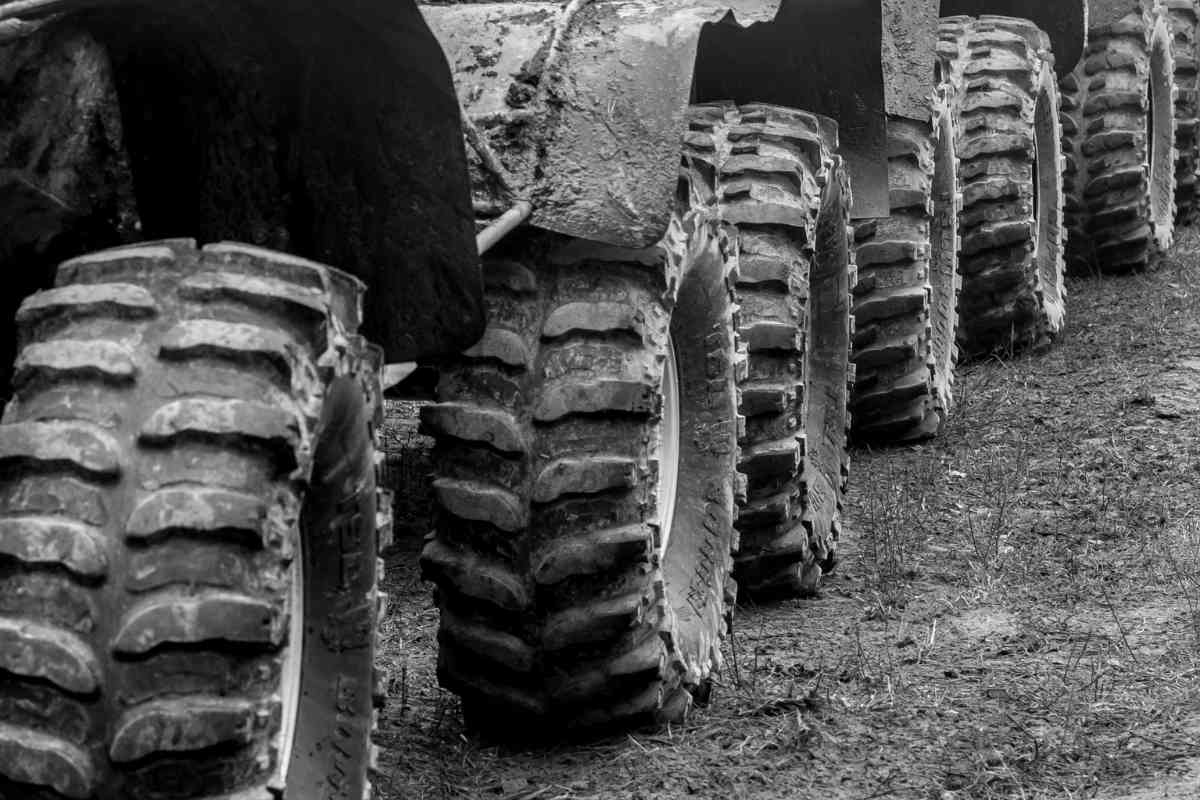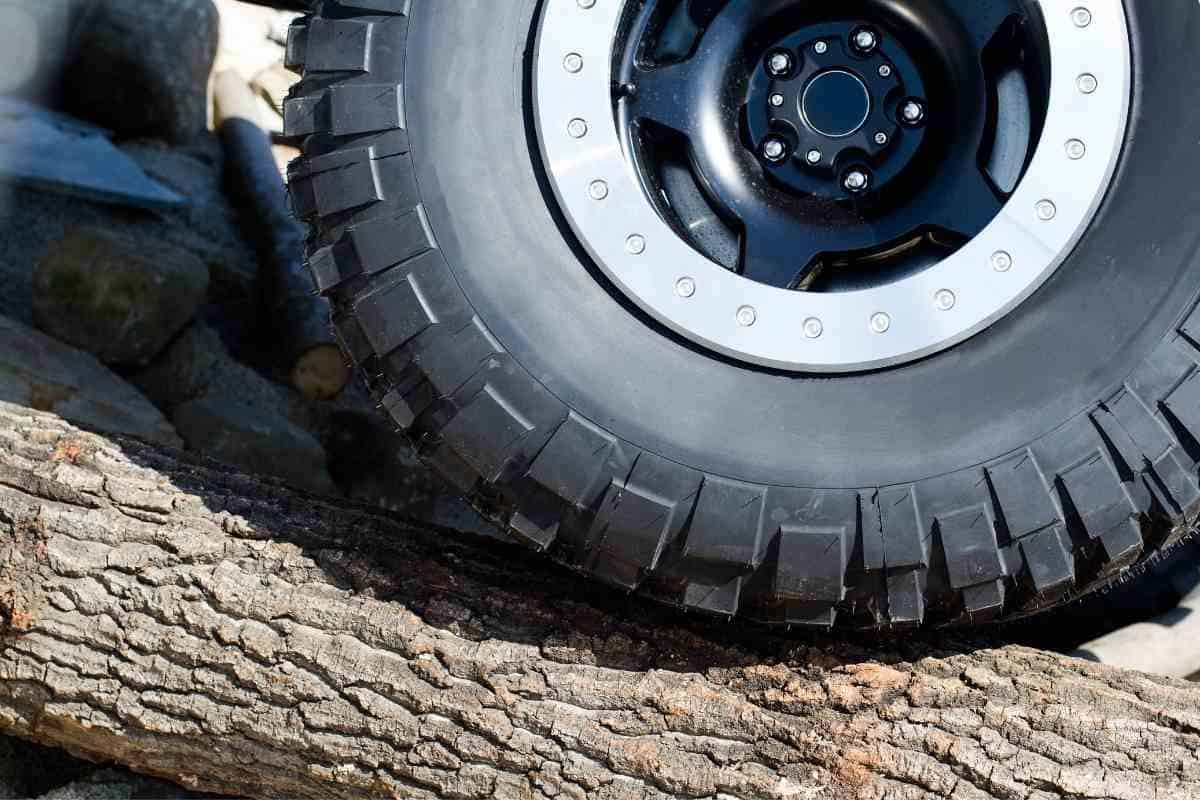Will Bigger Tires Hurt My Transmission?
Bigger tires make your vehicle look good, especially for trucks and SUVs. Installing big tires is becoming part of American culture. Unfortunately, bigger tires come with some problems.
The main problem is transmission failure.

Will oversized tires affect transmission?
Increasing the size of your vehicle’s tires will damage your transmission if you do not regear your transmission. Your engine has to use more power to rotate larger tires. Unless you regear your transmission to maximize torque, oversized tires will result in worn-down gears in your transmission.
Transmission needs re-gearing after a tire change. But most people don’t know this. They end up damaging their gearbox with bigger tires. Gear ratios play a crucial role in managing torque as it passes through the transmission.
Most times, the suspension has to be modified to raise the vehicle high enough to accommodate the big tire size. Truck owners may need to install lift kits.
Bigger tires improve the off-road capability and performance of the vehicle. They also improve handling and ride quality. Large tires also make your car look beautiful. The use of bigger tires started during WWII, where defense contractors realized trucks with bigger tires can take soldiers almost anywhere.
After the war, it became a common habit among ordinary people, especially in America. Despite the goods it brings, it causes a very serious problem on the vehicles.
Installing bigger tires causes increased strain on the transmission. We know how to calculate torque.
Torque= Length x Force
Increasing the length of the lever raises the torque applied. This is the reason people tend to use an extended breaker bar to loosen rusted bolts. So using a wheel with a larger diameter will increase the amount of torque required to turn your large wheels. The engine will have to use more power to turn your larger wheels.
Though this does not affect the life or operation of the engine, it significantly affects the transmission. It starts with straining the clutches and bands. These will begin to produce heat as they struggle to withstand the high stresses on the gearbox.
Due to the excess heat produced, the friction surfaces will start slipping. You may realize that your transmission takes time to respond when you change the gear, and with the time, you will have to replace the whole gearbox.
What should you do to prevent transmission damage after installing bigger tires?
If you want your transmission to last and operate normally after installing larger tires, you will have to re-gear your transmission. You need to know if your vehicle is a rear-wheel drive or a four-wheel drive. RWD vehicles have one axle at the rear.
The rear axle consists of a gear housing, known as the differential, which consists of a series of pinion and ring gears. The ring and the pinion gear will help you determine the final gear ratio. The pinion gear features fewer teeth and will have more revolutions than the ring gear. The gear ratio is normally 3.42:1.
This means that for every 3.42 revolutions on the driveshaft and the pinion, the axle shaft revolves once. The gear ratios help engineers maximize acceleration, torque, and engine RPMs to enhance fuel economy. Installing a larger wheel will offset these calculations hence the need for modifying the final gear ratio.

The following formula is used to calculate your new optimal gear ratio after installing bigger tires.
X Stock ratio = New ratio
Let’s apply this formula.
If you want to upgrade your 2017 Ford tires to 35 inches, let’s say your old tires have a diameter of 30.2 inches. Assuming the gear ratio is 3.42. We can calculate the new ratio like this.
X 3.42 = 3.96
Our new gear ratio will be 3.96. It is always advisable to round up to get the right gear. Here you will need a 3.95 axle ratio to match the 35-inch tires. Charts are normally provided to help you choose the correct axle ratio.
Can I go with a Lower Gear Ratio than Recommended?
If you normally drive your truck on paved roads rather than driving off-road, you will have to match your tire diameter with your axle ratio. This is important as it manages your engine’s RPMs and enhances fuel economy and engine life.
But if you spend most of your time driving your vehicle off-road, towing heavy loads, and driving on twisty roads, you will have to go with a more axle ratio than the one recommended.
Using a larger gear ratio increases torque, which compensates for riding on heavier tires and increases wind resistance.
Oversize Tire Problems And Benefits
Re-gearing your vehicle for larger tires bring several changes to your vehicle’s performance and lifespan. The following are the positive and negative effects of re-gearing your transmission.
Engine Stress
Re-gearing your transmission after installing bigger tires reduces the stresses that the engine would incur if you install bigger tires without re-gearing. This allows your engine to perform optimally without straining.
Vehicle Performance and Fuel Economy
High gear ratios increase the vehicle’s top highway speeds and improve fuel economy. Low gear ratios will improve acceleration and slower crawl speed. Automatic transmission will never shift unless the gear ratio is precise, while in manual transmission, you will have to move the control shift to the highest gear.
Improve Towing Capacity
Increasing your axle gear ratio would increase towing capacity. Your vehicle will be able to do more, and the bigger tires would significantly increase traction and handling.
What Other Modifications Should I Consider?
Several modifications need to be done after re-gearing your transmission. Installing larger wheels and re-gearing will interfere with the ability of your vehicle to read correct speeds. Incorrect speed readings will confuse your vehicle’s computer on the best time to shift the transmission.
Always recalibrate your speedometer after re-gearing and installation of bigger tires. You will have to reset and correlate your speedometer to get proper values and return your vehicle to routine operation.

It is also advisable to install new bearings with new pinion and ring gear.
Other parts to be installed include shims, spacers, hardware, and seals, that work together with the ring and pinion gear sets. You may also replace your axles with heavy-duty ones to improve your truck or SUV towing capabilities and off-road rigidity.
Can I Install the Gears Myself?
Re-gearing requires technical skills and training to be done correctly. Only individuals with proper training and experience should perform this task, and it’s usually best to leave it to the professionals. If the pinion and the ring gears are poorly installed, they will make a lot of noise as the car moves and will lead to a shorter gear life and bearing life.
Re-gearing is not an expensive job. Therefore, it would be proper to take your vehicle to a maintenance shop for this to be done.
What are the benefits of Installing Bigger Tires?
Improved Aesthetic Appearance of the Vehicle
Larger tires make your vehicle looks good. Installing a lift kit and high-performance springs and shocks would also enhance its look.
Improved Braking
Larger tires offer more surface contact with the road, hence reducing braking distance due to increased friction area.
Improved Grip and Traction
Large tires will offer more contact with the surface of the track. This enhances braking and reduces braking distance.
Enhances Cornering
Bigger wheels with wide threads and stiffer walls offer more road friction and grip. This allows easier cornering at high speeds. This is the main reason racing cars have bigger and wider wheels.
Conclusion
Installing bigger tires makes your vehicle look better and more attractive but always remember to re-gear your drivetrain to prevent transmission damage and wear and tear.
Bigger tires would make your car off-road ready and will also improve towing and hauling capabilities.
Thank you for going through this article. Before you leave, comment and share it on various platforms.
